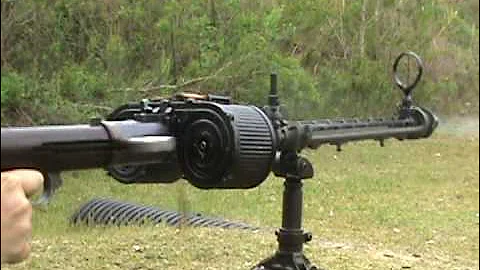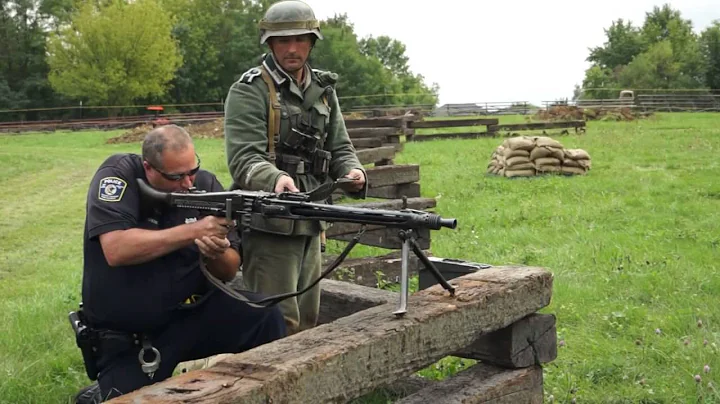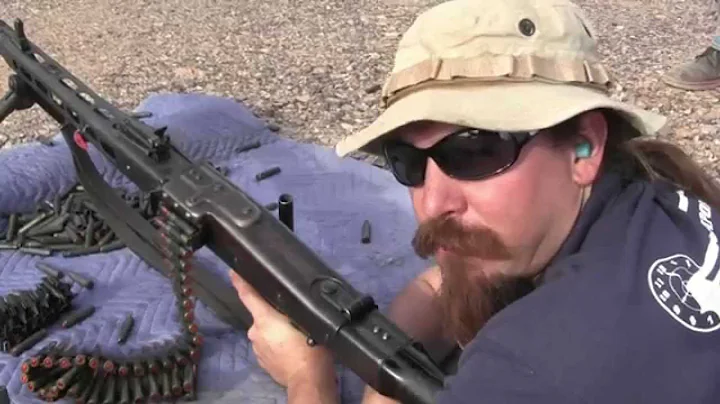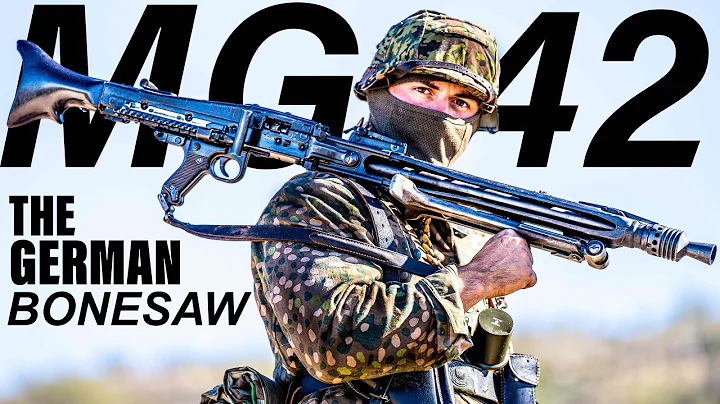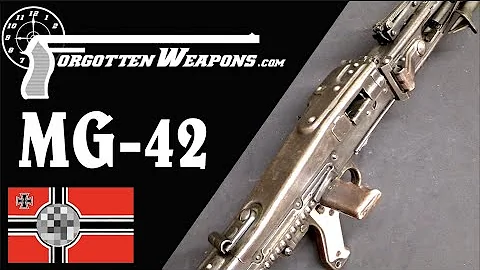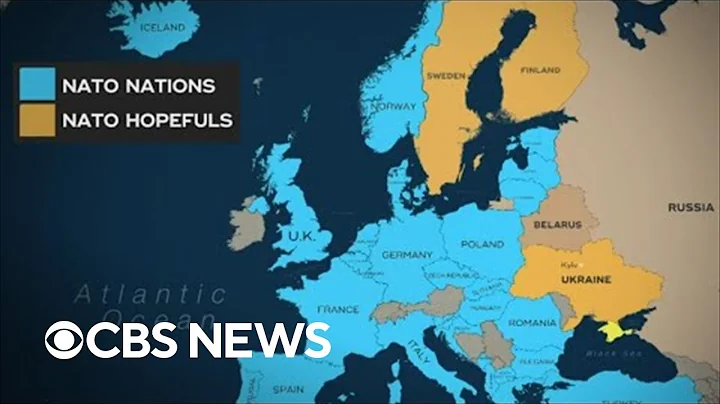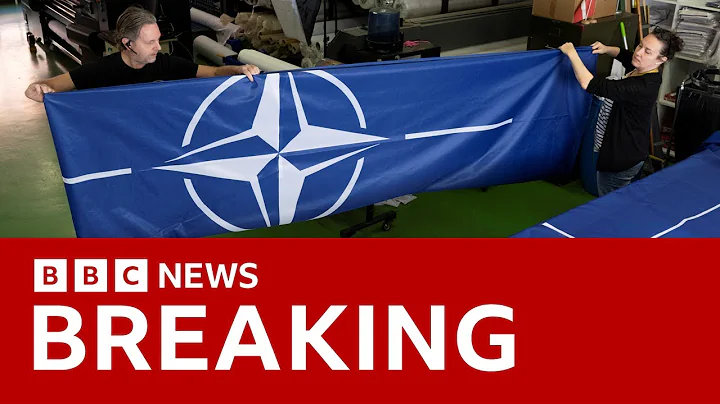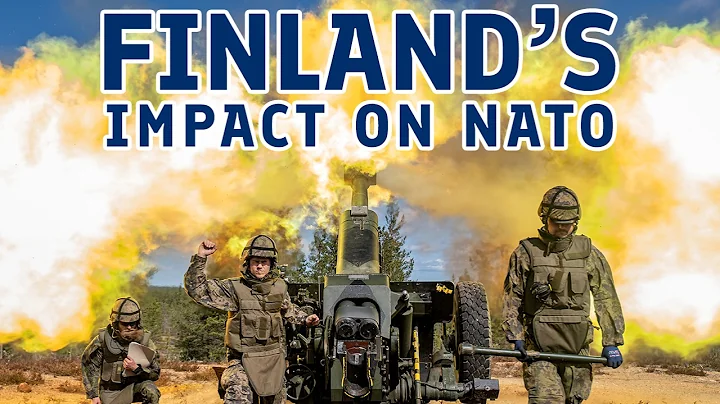If we look closely at light machine guns, we will find that the muzzles of many light machine guns are trumpet-shaped. Whether it is the MG-42 general-purpose machine gun used by the US military during World War II or the Type 99 machine gun used by the Japanese army, they all use this trumpet-shaped muzzle. So why is the muzzle of a light machine gun flared? The truth you may not expect is that the function of these trumpet muzzles is to suppress flames.

Muzzle glow and flash suppressor
Many people believe that the flame at the muzzle is the visible light produced by the rapid combustion of the internal gunpowder when the bullet is excited. In fact, there are many ways to create a muzzle flame. The muzzle flash is divided into five stages according to the stages, namely the early flame, the primary flame, the muzzle glow, the intermediate flame, and the secondary flame.
Among them, the muzzle glow has a deep connection with the initial flame, and the initial flame is related to the burning of gunpowder. When the gunpowder in the bullet burns in the narrow barrel, the narrow space inside the barrel will cause the gunpowder gas produced by the burning of the gunpowder to have a very high temperature and pressure. These temperatures and pressures are enough to cause radiation to produce visible light, so there is Muzzle glow.

Therefore, as long as the high temperature and pressure when the initial flame is generated are solved, the muzzle glow produced can be greatly weakened and the occurrence time can be reduced. The trumpet-shaped muzzle of the light machine gun solves the problem of high pressure and high temperature generated when the initial flame appears.

The difference between trumpet-shaped flash suppressors
In addition, trumpet-shaped muzzles are also divided into types, and there are differences between conical hoods and conical flash hiders. Although both are similar in shape, the diameter of the trumpet-shaped muzzle of the former is larger and the length is shorter. The latter's trumpet-shaped muzzle is smaller in diameter but longer. Most of the early trumpet-shaped muzzles had conical hoods, which mostly solved the problem of muzzle glow. But later, many people discovered that the conical flash suppressor can not only effectively solve the problem of muzzle glow, but also reduce the intermediate flame and secondary flame.

The generation of intermediate flame and secondary flame is related to the gunpowder gas generated when the gunpowder is burned. The gunpowder in the bullet does not burn instantly after being ignited. There will be a lot of gunpowder particles pushed out of the muzzle due to the pressure inside the muzzle, and then ignited at high temperatures, resulting in a second bright light.

The longer length of the cone-shaped flash suppressor allows the gunpowder particles to have more opportunities to burn when they enter the cone-shaped flash suppressor, thus preventing the gunpowder particles from burning after they leave the muzzle, effectively avoiding the muzzle glare. So over time, tapered flash hiders gradually replaced tapered hoods, which were more comprehensive in eliminating muzzle glare.

cylindrical flash suppressor
If we look carefully, we will find that there are many modern machine guns muzzles that are not trumpet-shaped, but have many small holes on the muzzles. These muzzles with small holes are actually also a kind of flash suppressor. This type of flash suppressor is called a cylindrical flash suppressor. When the gunpowder gas in the barrel runs into this flash suppressor, the small holes in the flash suppressor can cause the high-temperature and high-pressure gas in the barrel to rapidly expand. , thereby reducing pressure and temperature and weakening the muzzle glow.

In addition, the small opening on the cylindrical flash suppressor can also have a certain retarding effect. When the gunpowder gas ejects from the small hole on the side of the muzzle, the thrust generated when the gunpowder gas ejects from the muzzle is dispersed, so these Small holes can effectively improve the stability of the firearm when shooting.


